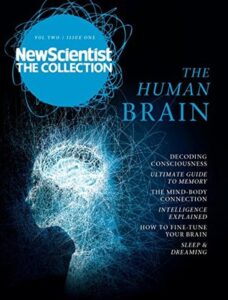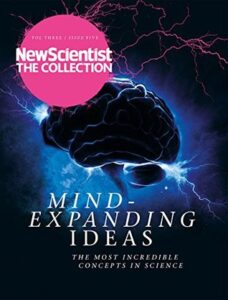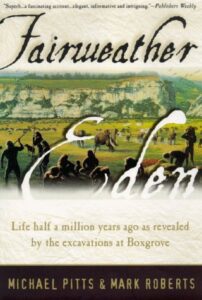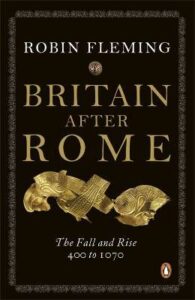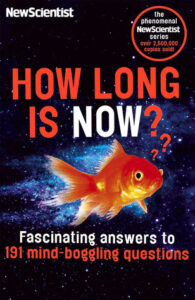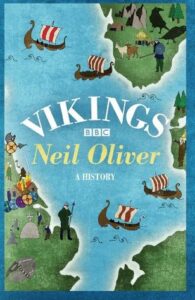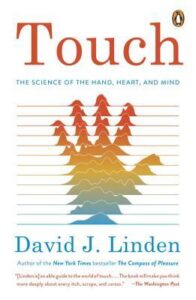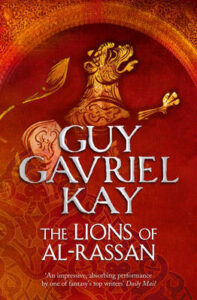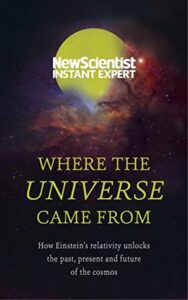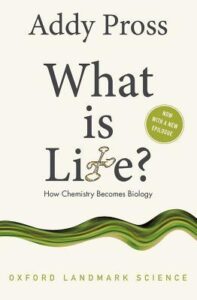 What is Life? How Chemistry Becomes Biology, Addy Pross
What is Life? How Chemistry Becomes Biology, Addy Pross
I’m rather underwhelmed by this book. Though it is praised as “uncover[ing] the chemical roots of Darwinian theory, thereby opening a novel route connecting biology to chemistry and physics” (and by a Nobel prize winner, no less!), I think this route is far from novel. It’s always been obvious to me that biology is chemistry in living cells, that all the rules of chemistry derive from properties described by physics, and indeed that physics is based on mathematics and mathematics on logic. This just doesn’t seem revelatory to me — it’s apparent from the first time you understand that enzymes are simply manufactured catalysts and that RNA can replicate itself. And I understood that when I was doing my AS Level in biology, if not before, so that was 2007. This wasn’t published until 2012! So I can’t have unconsciously absorbed the conclusions of this book via somewhere else.
As a survey of exactly how the subjects link up, it works relatively well. The writing is clear and the logic works, and if you didn’t connect the dots for yourself, it allows you to do so. It’s perhaps a little more specific than my 2007 understanding, referencing RNA experiments I hadn’t heard of, but the basic theory has always been apparent to me. I don’t understand how it is considered controversial or groundbreaking.
Perhaps this is more surprising to scientists who have been stuck within their own segregated area, though. As an outsider whose contact with science was limited to New Scientist and popular science books from 2007 to 2014, perhaps my simpler view of things helped me to connect the dots, where an actual biologist just couldn’t accept that biology is simply chemistry when it seems so much more complex. It seems odd to me, but it’s all I can think of. And it’s not as though I’m a chemistry or physics superfan — I’m happy to stay on the level of biology!


